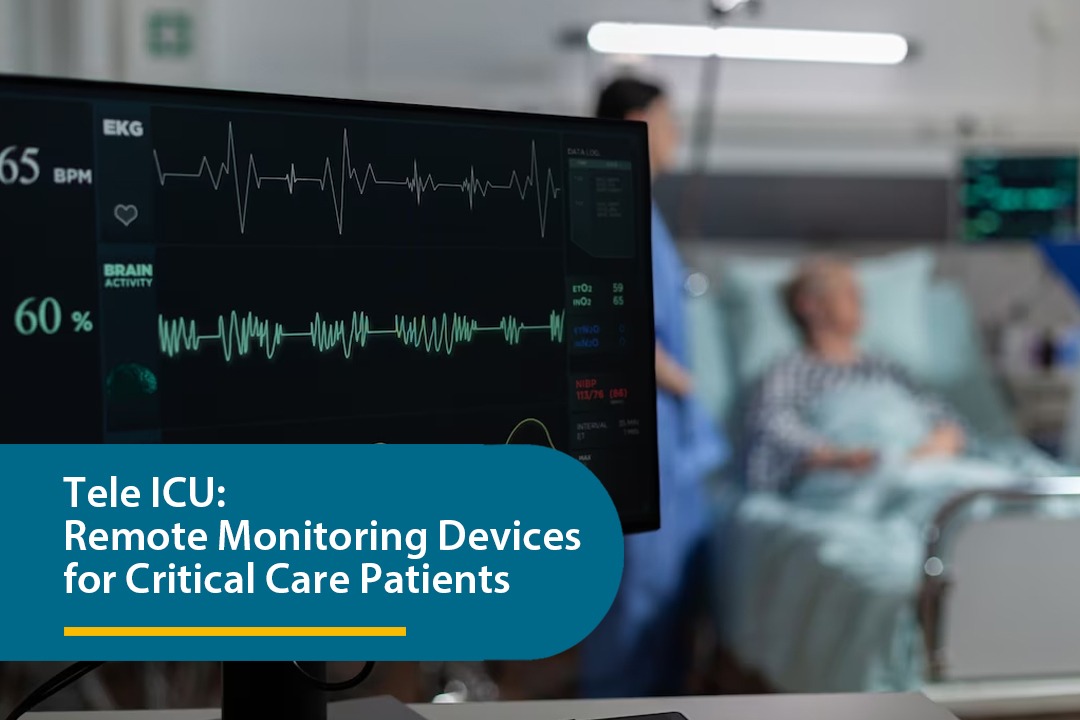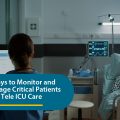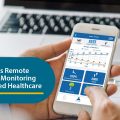Extending timely emergency care services to hospitals especially in remote sectors hasn’t been short of challenges. Main reasons being not only the absence of proper communication and logistic facility in the rural sectors but also due to the absence of well-experienced Intensivists who can make a difference with timely attention. However, thanks to technology, there is a whiff of fresh air for rural sectors as Tele-ICU Services are here.
What is Tele ICU?
Tele ICU Care is a rapidly progressing system that makes use of remote monitoring devices to provide comprehensive and seamless care for critically ill patients. It has become a game changer as far as reaching the next level of quality and efficiency in critical care is concerned.
How Does Tele ICU Work?
The concept of Tele ICU Care has come in at a time when most of the health care centres including proven healthcare service providers face a challenge of efficient ICU staff including doctors, especially during the extremely critical hours that can make a difference between life and death.
Tele Critical Care supported by remote monitoring devices have transformed ICU care by enabling clinicians to remotely monitor patients in real-time without compromising on prompt intervention and expert guidance.
How is Tele ICU Used for Critical Care Patients?
Where the Tele ICU System has made work easier for the medical fraternity is by extensively using remote monitoring devices. High-resolution cameras, sensors and monitors form an integral part of Telemedicine ICU that transmit critical data on vital parameters, oxygen levels, images and more to a centralized medical centre where a team of critical care specialists can view it and give their instant opinions.
Benefits of Tele ICU in India:
The emergence of Tele ICU companies in India has come as a big boon to medical management, especially in the rural sectors where lack of professional and high-quality healthcare services was not accessible. Not only has it saved time in deciding to shift patients to hospitals with better facilities but also saved the cost to be borne by the patient in doing so. Additionally, it has ensured that there is:
- 24/7 constant monitoring of patients.
- Expert consultation whenever required.
- Opportunity to optimize resources for hospitals
- Reduced risk of infections
Conclusion:
Tele ICU has surely come in as a shot in the arm for the global medical fraternity and a sure ray of promise for patients especially in remote areas. By harnessing the power of remote monitoring devices and expert consultations, it not only improves patient outcomes but also opens up new possibilities for extending critical care services to previously underserved regions. To know more about this magical innovation, feel free to connect with Apollo TeleHealth, who continue to lead by example in extending high-quality Tele ICU services.




